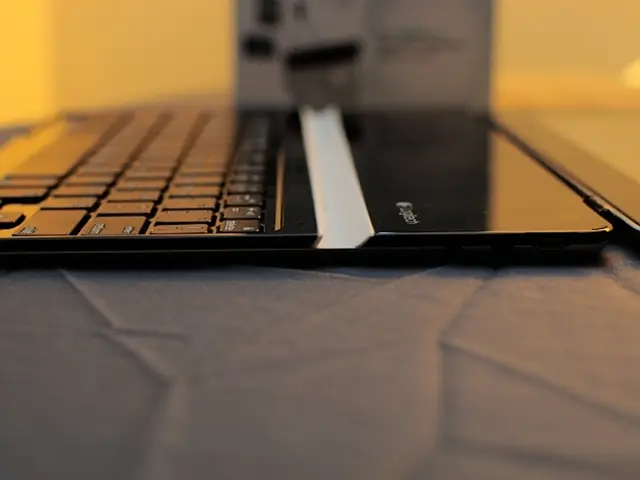Cost comparison: Should you repair or buy a new refrigerator when it malfunctions?
In the kitchen, a faulty fridge can cause more than just a headache. But before you decide to throw in the towel and replace it, it's essential to consider several factors under the Australian Consumer Law (ACL).
When assessing a faulty fridge, the first question to ask is whether the fault is major or minor. A major failure gives the consumer the right to choose a refund or replacement, while a minor failure allows the seller to choose repair, replacement, or refund.
The age and expected lifespan of the fridge also play a significant role. If the fridge is less than half of its expected lifespan, repair may be more reasonable. On the other hand, if it's more than six years old and suffers a major fault, such as compressor failure, consider replacing it.
The cost of repair relative to replacement is another crucial factor. Repairs that cost less than 50% of buying a new fridge often justify repair rather than replacement. However, if the repair cost for a fridge more than six years old exceeds $300-500, it may be more cost-effective to buy a new one.
The number of parts affected is also essential to consider. If only one part is causing the issue, repair might be preferred; extensive multiple faults may lean toward replacement.
When it comes to repair time, if repairs are delayed or not feasible quickly, a replacement or refund may be more appropriate. Additionally, consider the impact on the fridge’s function and value. If the fault significantly affects its use or value, replacement may be warranted.
Warranty and consumer guarantees are crucial under the ACL. Seller obligations include repairing or replacing faulty goods, unless a major failure allows a refund or replacement at consumer choice.
If your fridge is not functioning properly, there are signs to look out for. The fridge may not be cooling properly if it feels warm inside, is very hot to the touch (on the outside), food is spoiling quickly, seals have deteriorated, makes loud noises, or there's a huge jump in energy bills.
In some cases, swapping out a faulty large fridge for a smaller, more efficient one might be a good option, especially if your needs have changed. Councils offer pick-up or recycling services for whitegoods, and some retailers have take-back schemes when you buy a new fridge from them.
Logistical challenges, such as delivery fees and waiting times for parts, should be considered when deciding to repair a fridge. Spare parts availability for older fridge models may be limited, so this is an important factor to consider.
Lastly, it's illegal to dump an old fridge outside or elsewhere without proper disposal. Old fridges and freezers must be disposed of correctly to prevent harmful refrigerants from leaking. Always dispose of old appliances responsibly to protect the environment.
- Under the Australian Consumer Law (ACL), if the fault with your fridge is major, you have the right to choose a refund or replacement.
- When deciding between repair, replacement, or refund for a faulty fridge, consider the cost of repair relative to the cost of buying a new one.
- If only one part of your fridge is causing trouble, repair might be a better option; however, if there are extensive multiple faults, replacing it might be more appropriate.
- When contemplating a new lifestyle in health-and-wellness, fitness-and-exercise, or home-and-garden, consider swapping out a large, inefficient fridge for a smaller, more energy-efficient one to save on energy bills and reduce your environmental footprint.








